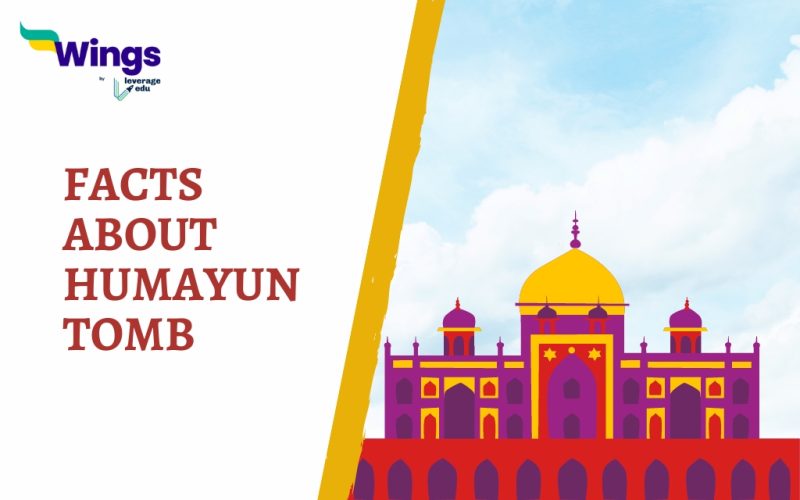When we teach students about the important monuments of India, Humayun Tomb holds a special place. It is located in New Delhi, the capital of India, and holds great cultural and religious significance. Every year, hundreds of people visit this tomb to witness the architectural marvel of the Mughal Empire. Did you know that the massive white marble dome of Humayun’s Tomb is built on top of another dome? Here are other amazing facts about Humayun Tomb to teach students about its history and other important information.
Unique Facts About Humayun’s Tomb
- It is also known as the dormitory of the Mughals as the Humayun Tomb complex contains over 150 burials of the Mughal family members.
- Humayun’s tomb was the first and probably the largest Mughal tomb in India. This magnificent architectural marvel is constructed on a 7 m platform.
- It was built somewhere around 1565 A.D., after the death of the Humayun, the second Mughal Emperor of India.
- The tomb was constructed by Bega Begum (Hajji Begum), Humayun’s first wife.
- Upon his death in 1556, Humayun was buried in Purana Qila of Delhi for many years. He was later transferred to his final resting place, today known as Humayun Tomb.
- Estimates suggest that it took about 8 years and 1.5 million Rupees to construct Humayun’s tomb.
- Bega Begum asked a Persian architect known as Mirak Mirza Ghiyas to construct the tomb. He died while the construction was done halfway. Thereafter, his son, Sayyed Muhammad ibn Mirak Ghiyathuddin completed the tomb.
- The interiors of Humayun’s Tomb are made using rich carpets and shamiana to give a royal look.
- It also contains a small tent meant to protect and preserve Humayun’s sword, shoes, and turban.
- Humayun’s Tomn was declared a UNESCO World Heritage Site in 1993.
- In earlier times, the Yamuna River used to flow alongside Humayun’s Tomb. However, the river later changed its course.
- In 1947, Humayun’s Tomb served as the camp for refugees to shelter hundreds of people.
- Humayun’s double dome buildings are an example of the Persian architecture style.
- Humayun’s Tomb stands in the middle of a Charbagh or Chahr Bagh, a wide lush garden. It is inspired by Persian architecture and replicates the Gardens of Eden as described in the Quran.
- The Humayun Tomb complex consists of over 100 burials of various family members, including his wife and grandson.
Hope you had fun reading these interesting facts about Humayun Tomb. If you like reading about facts, you can visit our interesting facts page to read more such blogs.
 One app for all your study abroad needs
One app for all your study abroad needs













